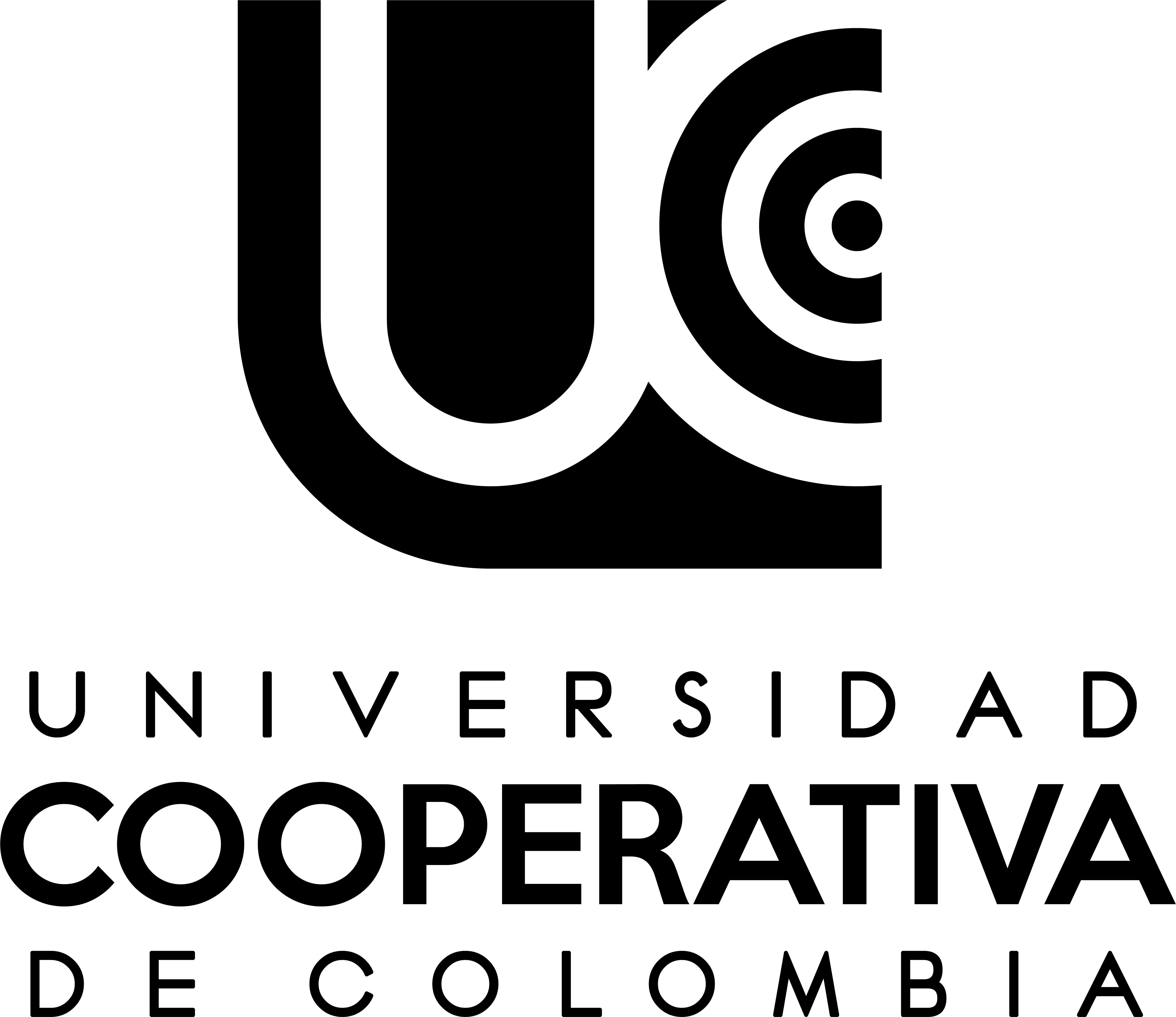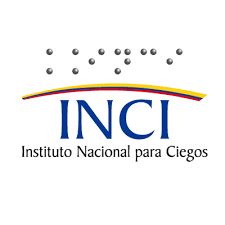Consideraciones clínicas del tratamiento de ortodoncia en dientes con trauma dentoalveolar.

Universidad Cooperativa de Colombia
Odon. Endodon.
email: revista.odontologia@ucc.edu.co

Universidad CES
email: revista.odontologia@ucc.edu.co
Los traumas dentoalveolares son un problema de salud pública muy común. La influencia que tienen va mas allá del accidente y su impacto en las piezas dentarias, debido a que a futuro se convierten en un factor decisivo si se requiere un tratamiento de ortodoncia, ya que dichos traumas predisponen los dientes a sufrir complicaciones tales como reabsorción radicular, necrosis pulpar, obliteraciones, cambios de color y reabsorciones internas. El adecuado tratamiento de los dientes que presentan traumas en su historial clínico es indispensable para el éxito del tratamiento ortodóncico.
Glendor U. Epidemiology of traumatic dental injuries. A 12 year review of the literature. Dent Traumatol. 2008; 24(6): 603-11.
Trope M. Avulsion of permanent teeth: theory to practice. Dent Traumatol. 2011; 27(4): 281-94.
Sayinsu K, Nalbantgil D. Orthodontic treatment of a patient with traumatic loss of maxillary incisors. World J Orthod. 2008; 9(1): 43-7.
Flores MT et al. Guidelines for the management of traumatic dental injuries. I. Fractures and luxations of permanent teeth. Dent Traumatol. 2007; 23(2): 66-71.
Ram D, Cohenca N. Therapeutic protocols for avulsed permanent teeth: review and clinical update. Pediatr dent. 2004; 26(3): 251-5.
Fields T. Dentoalveolar Trauma. http://dental-implantsite. com/Documents/DentoalveolarTrauma.pdf.
Badel T, Jerolimov V, Pandurić J. Dentalorofacial Trauma In Contact Sports And Intraoral Mouthguard Programmes. Kinesiology. 2007; 1: 97-105.
Gassner R. Prevalence of dental trauma in 6000 patients with facial injuries: implications for prevention. Oral Surg Oral Med Oral Pathol Oral Radiol Endod. 1999; 87(1): 27-33.
Kindelan SA et al. Dental trauma: an overview of its influence on the management of orthodontic treatment. Part 1. J Orthod. 2008; 35(2): 68-78.
Robertsson S, Mohlin B. The congenitally missing upper lateral incisor. A retrospective study of orthodontic space closure versus restorative treatment. Eur J Orthod. 2000; 22(6): 697-710.
Moule AJ, Moule CA. Minor traumatic injuries to the permanent dentition. Dent Clin North Am. 2009; 53(4):639-59, v.
Trope M. Clinical management of the avulsed tooth: present strategies and future directions. Dent Traumatol. 2002; 18(1): 1-11.
Alacam A, Ucuncu N. Combined apexification and orthodontic intrusion of a traumatically extruded immature permanent incisor. Dent Traumatol. 2002; 18(1): 37-41.
Trope M. Luxation injuries and external root resorption. Etiology, treatment, and prognosis. J Calif Dent Assoc. 2000; 28(11): 860-6.
Barnett F. The role of endodontics in the treatment of luxated permanent teeth. Dent Traumatol. 2002; 18(2): 47-56.
Krishnan V, Davidovitch Z. Cellular, molecular, and tissue-level reactions to orthodontic force. Am J Orthod Dentofacial Orthop. 2006; 129(4): 469 e1-32.
Trope M. Root Resorption due to Dental trauma. Endod Topics. 2002; 1:79-100.
Moule AJ, Moule CA. The endodontic management of traumatized permanent anterior teeth: a review. Aust Dent J. 2007; 52(1 Suppl): S122-37.
British Orthodontic Society. Playing safe. 2012. http:// www.bos.org.uk/orthodonticsandyou/orthodonticsforschools/ playingsafe
Leaders. Do mouthguards prevent concussion. Br J Sports Med. 2001; 35: 81-2 doi:10.1136/bjsm.35.2.81.
Daneshvar DH et al. Helmets and mouth guards: the role of personal equipment in preventing sport-related concussions. Clin Sports Med. 2011; 30(1): 145-63, x.
Pradeep Rastogi RS, Jaskirat Khaira, Himanshu Shekhawat. Sports Dental Injuries - Epidemiology and Prevention. J Indian Dent Assoc. 2010; 4. 296-300.
Steiner DR, West JD. Orthodontic-endodontic treatment planning of traumatized teeth. Semin Orthod. 1997; 3(1): 39-44.
Artun J et al. Incisor trauma in an adolescent Arab population: prevalence, severity, and occlusal risk factors. Am J Orthod Dentofacial Orthop. 2005; 128(3): 347-52.
Traebert J. A etiology and rates of treatment of traumatic dental injuries among 12-year-old school children in a town in southern Brazil. Dent Traumatol. 2006; 22(4): 173-8.
Sameshima GT, Asgarifar KO. Assessment of root resorption and root shape: periapical vs panoramic films. Angle Orthod. 2001; 71(3): 185-9.
Miracle AC, Mukherji SK. Conebeam CT of the head and neck, part 2: clinical applications. AJNR Am J Neuroradiol. 2009; 30(7): 1285-92.
Tondelli PM et al. Knowledge on dental trauma and orthodontic tooth movement held by a group of orthodontists. Braz Oral Res. 2010; 24(1): 76-82.
Patel S. et al. The potential applications of cone beam computed tomography in the management of endodontic problems. Int Endod J. 2007; 40(10): 818-30.
Hamilton RS, Gutmann JL. Endodontic-orthodontic relationships: a review of integrated treatment planning challenges. Int Endod J. 1999; 32(5): 343-60.
Bauss O. et al. Pulp vitality in teeth suffering trauma during orthodontic therapy. Angle Orthod. 2009; 79(1): 166-71.
Nora Al-mangour SA. Prognosis of Root Canal Therapy of Traumatized Teeth. Egypt Dent J. 1997; 13: 253-8.
Sano Y. et al. The effect of continuous intrusive force on human pulpal blood flow. Eur J Orthod. 2002; 24(2): 159-66.
Bauss O. et al. The effect of pulp obliteration on pulpal vitality of orthodontically intruded traumatized teeth. J Endod. 2008; 34(4): 417-20.
Bauss O. et al. Influence of orthodontic intrusion on pulpal vitality of previously traumatized maxillary permanent incisors. Am J Orthod Dentofacial Orthop. 2008; 134(1): 12-7.
Schoop U. et al. Bactericidal effect of different laser systems in the deep layers of dentin. Lasers Surg Med. 2004; 35(2): 111-6.
Kishen A. Mechanisms and risk factors for fracture predilection in endodontically treated teeth. Endod Topics. 2006; 13: 57-83.
Andreasen JO. Textbook and Color Atlas of Traumatic Injuries to the Teeth. 4a. ed. Copenhagen: Munksgaard; 2007.
R Hilú BP. El éxito en la endodoncia. Endodoncia 2009; 5: 27-31.
Nigul K, Jagomagi T. Factors related to apical root resorption of maxillary incisors in orthodontic patients. Stomatologija. 2006; 8(3): 76-9.
Kristina Lopatiene AD. Risk factors of root resorption after orthodontic treatment. Stomatologija. 2008; 10: 89-95.
Han G et al. Root resorption after orthodontic intrusion and extrusion: an intraindividual study. Angle Orthod. 2005; 75(6): 912-8.
Weltman B et al. Root resorption associated with orthodontic tooth movement: a systematic review. Am J Orthod Dentofacial Orthop. 2010; 137(4): 462-76; discussion 12A.
Owman-Moll J.K. Dan Lundgren. Repair of orthodontically induced root resorption in adolescents. Angle Orthod. 1995; 65: 395-401.
Mirabella D, Artun J. Risk factors for apical root resorption of maxillary anterior teeth in adult orthodontic patients. Am J Orthod Dentofacial Orthop. 1995; 108: 48-55.
Pate DR, Durak C, Tay, F.Internal Root Resorption: A Review. J Endod. 2010; 36: 1107-21.
Abass SK, Hartsfield JK. Orthodontics and External Apical Root Resorption. Semin Orthod. 2007; 13(4): 246-56.
Leif Linge BOL. Patient characteristics and treatment variables associated with apical root resorption during orthodontic treatment. Am J Orthod Dentofacial Orthop. 1991; 99: 35-43.
Segal GR, Schiffman PH, Tuncay OC. Meta analysis of the treatment-related factors of external apical root resorption. Orthod Craniofac Res. 2004; 7(2): 71-8.
Humphreys K et al. Factors affecting outcomes of traumatically extruded permanent teeth in children. Pediatr Dent. 2003; 25(5): 475-8.
Malmgren O et al. Root resorption after orthodontic treatment of traumatized teeth. Am J Orthod. 1982; 82(6): 487-91.
Proffit W. Contemporary orthodontics. Vol. 4. 4a. ed. Louis: Mosby; 2006.
Mohandesan H, Ravanmehr H, Valaei N. A radiographic analysis of external apical root resorption of
maxillary incisors during active orthodontic treatment. Eur J Orthod. 2007; 29(2): 134-9.
Levander E, Bajka R, Malmgren O. Early radiographic diagnosis of apical root resorption during orthodontic treatment: a study of maxillary incisors. Eur J Orthod. 1998; 20(1): 57-63.
Rendón AS, Hincapié C. Tratamiento ortodóncico en dientes comprometidos por trauma. Rev Nal Odont. 2009; 5(9): 57-62.
Spalding PM et al. The changing role of endodontics and orthodontics in the management of traumatically intruded permanent incisors. Pediatr Dent. 1985; 7(2): 104-10.
Medeiros RB, Mucha JN. Immediate vs late orthodontic extrusion of traumatically intruded teeth. Dent Traumatol. 2009; 25(4): 380-5.
Weiland F. Constant versus dissipating forces in orthodontics: the effect on initial tooth movement and root resorption. Eur J Orthod. 2003; 25(4): 335-42.
Chaushu S et al. Emergency orthodontic treatment after the traumatic intrusive luxation of maxillary incisors. Am J Orthod Dentofacial Orthop. 2004; 126(2): 162- 172.
Zitzmann NU et al. Endodontics or implants? A review of decisive criteria and guidelines for single tooth restorations and full arch reconstructions. Int Endod J. 2009; 42(9): 757-74.
El autor debe declarar que su trabajo es original e inédito y que no se ha postulado a evaluación simultánea para su publicación por otro medio. Además, debe asegurar que no tiene impedimentos de ninguna naturaleza para la concesión de los derechos previstos en el contrato.
El autor se compromete a esperar el resultado de evaluación de la Revista Nacional de Odontología, antes de considerar su presentación a otro medio; en caso de que la respuesta de publicación sea positiva, adicionalmente, se compromete a responder por cualquier acción de reivindicación, plagio u otra clase de reclamación que al respecto pudiera sobrevenir por parte de terceros.
Asimismo, debe declarar que, como autor o coautor, está de acuerdo por completo con los contenidos presentados en el trabajo y ceder todos los derechos patrimoniales, es decir, su reproducción, comunicación pública, distribución, divulgación, transformación, puesta a disposición y demás formas de utilización de la obra por cualquier medio o procedimiento, por el término de su protección legal y en todos los países del mundo, al Fondo Editorial de la Universidad Cooperativa de Colombia, de manera gratuita y sin contraprestación presente o futura.










